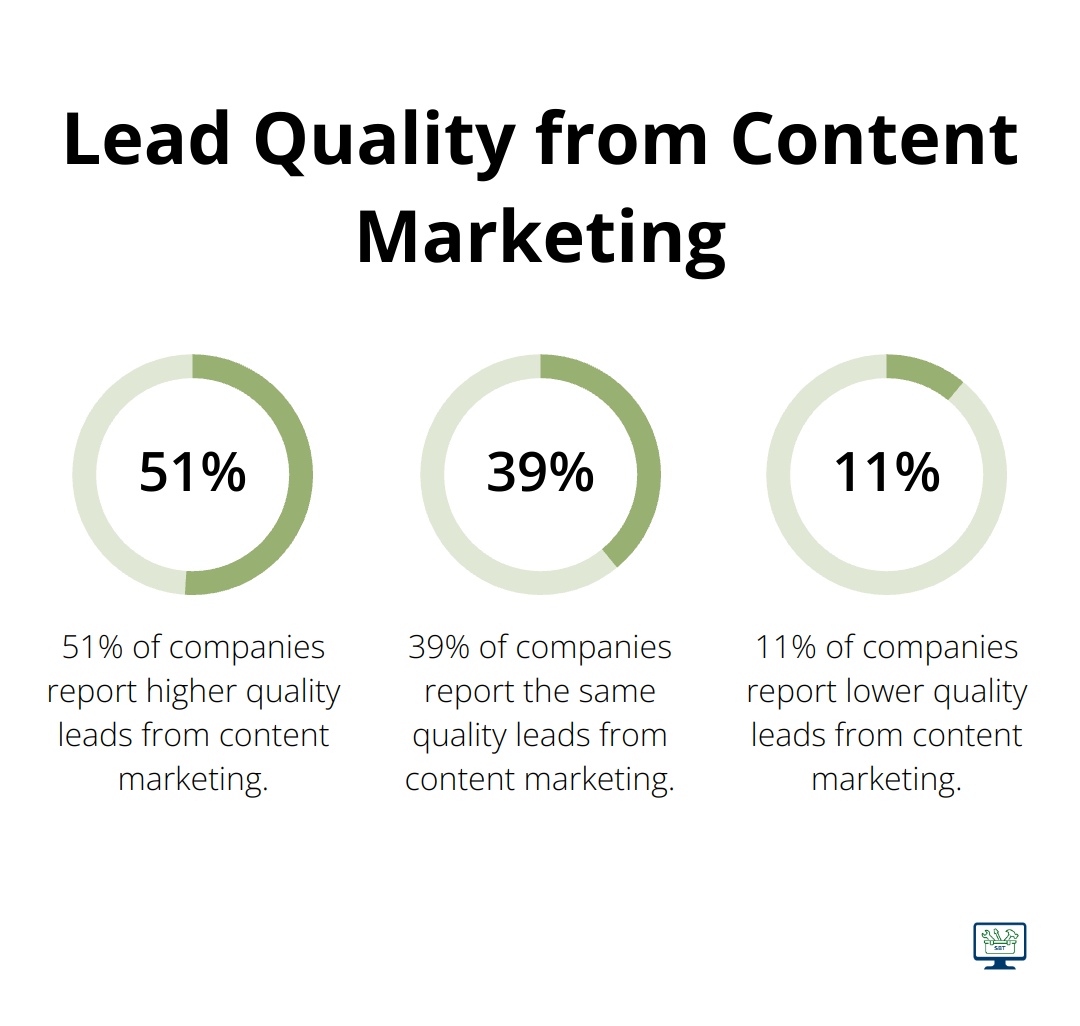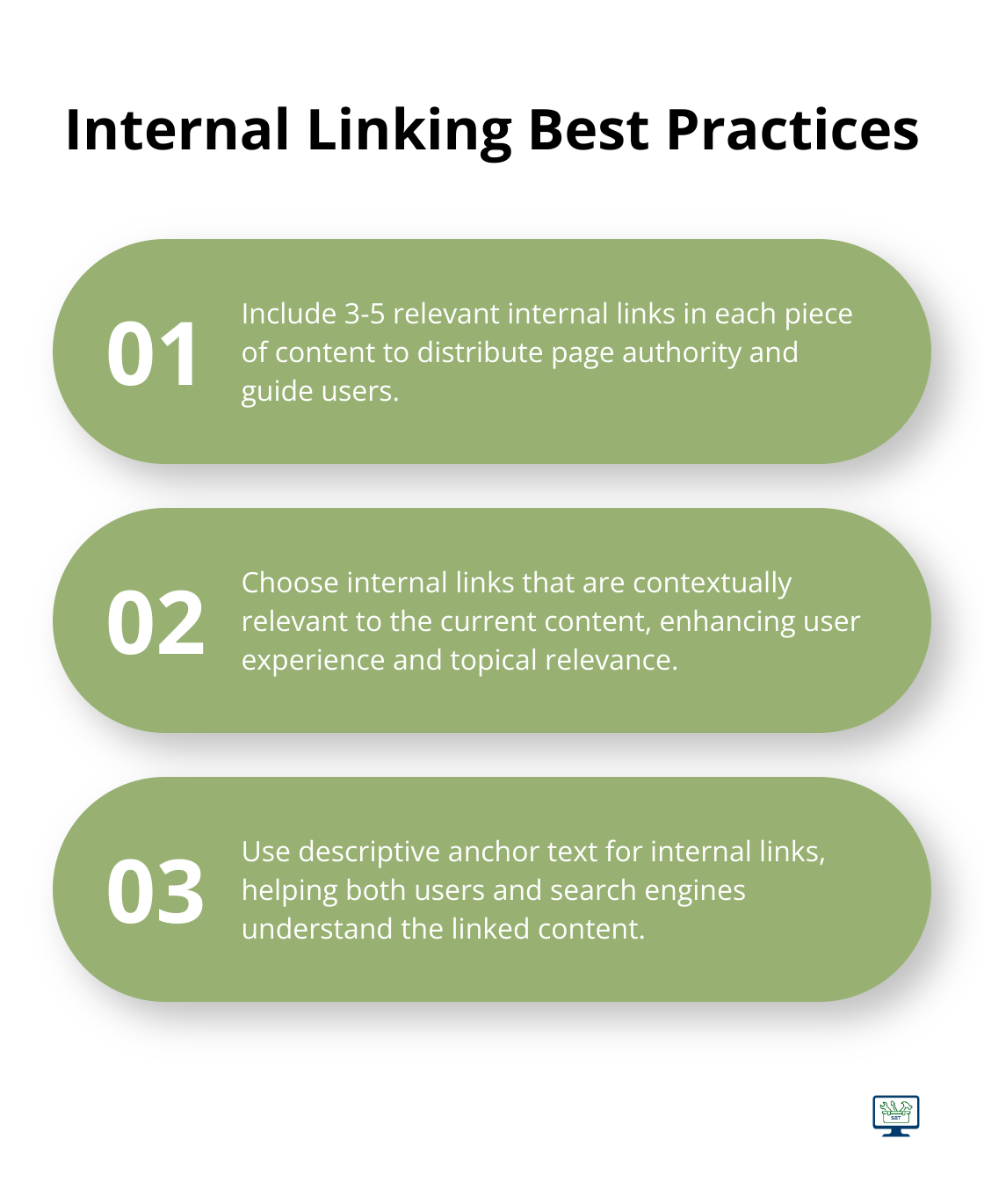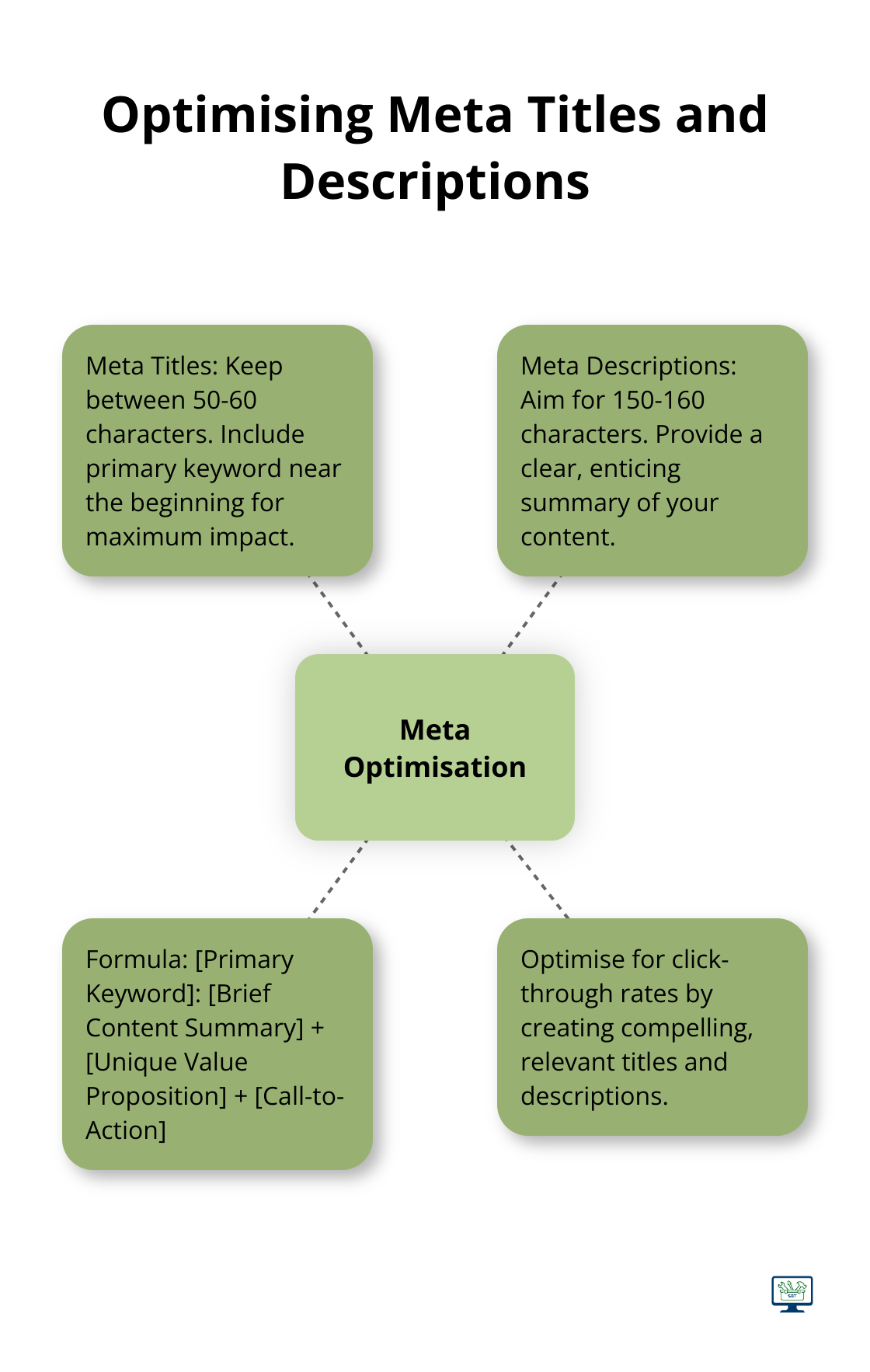Content Writing and SEO: A Powerful Combination

Published On Jun 19,2025
Content writing and SEO are two pillars of digital marketing that, when combined, create a powerful force for online success. At WebsiteStrategies, we’ve seen firsthand how quality content that’s optimised for search engines can dramatically improve a website’s visibility and user engagement.
This synergy between content and SEO is not just about rankings; it’s about delivering value to your audience while making your website more discoverable. In this post, we’ll explore how to effectively blend these two essential elements to boost your online presence and drive meaningful results.
Why Content and SEO Form an Unbeatable Alliance
The Symbiosis of Quality Content and Search Rankings
Content writing and SEO don’t operate in isolation; they form a powerful partnership that drives online success. High-quality content directly influences search engine rankings. Google’s sophisticated algorithms can differentiate between valuable and subpar content, prioritising pages that offer genuine user benefits. A Backlinko study revealed that comprehensive content strongly correlates with higher rankings. Many SEO experts claim that comprehensive content performs best in Google. This underscores the importance of investing in thorough, well-researched content to boost online visibility.
SEO-Driven Content Elevates User Experience
Creating content with SEO in mind doesn’t just appease search engines-it enhances the user experience. Focusing on relevant keywords and topics that your audience actively searches for ensures your content meets their needs. High-quality content encourages users to stay longer and explore more pages, improving these engagement metrics. Consequently, search engines interpret this as a positive signal, which can lead to improved rankings.
The Conversion Potential of Optimised Content
SEO-friendly content doesn’t stop at attracting visitors; it transforms them into customers. A report by Aberdeen Group found that 51% of companies report that leads from content marketing are of higher quality, while 39% report they’re about the same; just 11% of firms report lower quality leads from content marketing. This suggests that aligning your content with user intent and providing clear, actionable information can guide visitors through your sales funnel more effectively.

Keyword Research: The Foundation of SEO-Driven Content
Effective keyword research forms the backbone of successful SEO content. It involves identifying the terms and phrases your target audience uses when searching for information related to your products or services. Tools like Google Keyword Planner and SEMrush (industry favourites) can help uncover valuable keyword opportunities. The goal is to strike a balance between search volume and competition, targeting keywords that offer the best chance of ranking while still attracting meaningful traffic.
On-Page Optimisation: Fine-Tuning Your Content for Search Engines
On-page optimisation involves strategically placing your target keywords throughout your content. This includes:
- Title tags (aim for 50-60 characters)
- Meta descriptions (150-160 characters)
- Header tags (H1, H2, H3, etc.)
- URL structure
- Image alt text
However, it’s crucial to maintain a natural flow in your writing. Keyword stuffing (overusing keywords in an unnatural way) can harm your rankings and turn off readers.
The synergy between content and SEO extends beyond these technical aspects. The next section will explore how to create content that not only ranks well but also resonates with your target audience, driving both traffic and conversions.
How to Optimise Content for SEO Success
Creating content that ranks well in search engines requires a strategic approach. Here’s how you can optimise your content for SEO success:
Master Keyword Research and Implementation
Effective keyword research forms the cornerstone of SEO-driven content. Use tools like Google Keyword Planner to identify high-potential keywords in your niche. Focus on long-tail keywords with lower competition but clear user intent. For example, instead of targeting “digital marketing,” try “digital marketing strategies for small businesses in Australia.”
Implement your chosen keywords naturally throughout your content. Try to achieve a keyword density of 1-2% to avoid over-optimisation. Place your primary keyword in the first 100 words, H1 tag, and at least one H2 tag. Use related terms and synonyms to create comprehensive content that covers the topic thoroughly.
Refine On-Page Optimisation Techniques
On-page optimisation extends beyond keyword placement. Structure your content with clear headings (H2, H3, H4) to improve readability and help search engines understand your content hierarchy. Use descriptive alt text for images, incorporating relevant keywords where appropriate.
Optimise your meta title and description to improve click-through rates from search results. Keep titles under 60 characters and descriptions under 160 characters (these limits help ensure your titles and descriptions display fully in search results). Include your primary keyword and a compelling call-to-action to entice users to click.
Create Content That Satisfies User Intent
Understanding and addressing user intent is essential for SEO success. Analyse the top-ranking pages for your target keywords to understand what type of content users seek. Are they looking for information, wanting to make a purchase, or comparing options?
Tailor your content to match this intent. If users want in-depth information, create comprehensive guides. For purchase-intent keywords, focus on product features, benefits, and comparisons. Always strive to provide more value than competing pages to increase your chances of ranking higher.
Leverage Internal and External Linking
Strategic linking can significantly boost your SEO efforts. Internal linking helps distribute page authority throughout your site and guides users to related content. Try to include 3-5 relevant internal links in each piece of content.
External linking to authoritative sources can enhance your content’s credibility and provide additional value to readers. However, be selective with outbound links, ensuring they lead to reputable sites that complement your content.

Implementing these SEO elements in your content writing will create more discoverable, engaging, and valuable content for both search engines and users. SEO is an ongoing process, so it’s important to regularly update your content to keep it fresh and relevant. The next section will explore best practices for creating SEO-friendly content that not only ranks well but also resonates with your target audience.
How to Create SEO-Friendly Content That Converts
Align Your Content Strategy with SEO Goals
Define clear SEO objectives for your content. You should focus on increasing organic traffic, improving rankings for specific keywords, or boosting conversions. Once you establish your goals, develop a content calendar that addresses these objectives while meeting your audience’s needs.
For instance, if you target the keyword “sustainable packaging solutions,” plan a series of articles that cover various aspects of this topic. This might include comparisons of different eco-friendly materials, case studies of successful implementations, and guides on transitioning to sustainable packaging.
An SEO content strategy describes a plan to build an audience and generate leads by publishing, promoting, and ranking content that matches user intent and search engine requirements.
Craft Compelling Meta Titles and Descriptions
Your meta title and description often create the first impression users have of your content in search results. Make them count.
For meta titles, try to keep them between 50-60 characters and include your primary keyword near the beginning. Your description should be 150-160 characters and provide a clear, enticing summary of what users can expect from your content.
Here’s an effective formula for meta descriptions:[Primary Keyword]: [Brief Content Summary] + [Unique Value Proposition] + [Call-to-Action]
For example:”Sustainable Packaging Solutions: Discover eco-friendly options that reduce waste and cut costs. Learn how to implement them in your business today.”

Structure Content for Maximum Impact
Well-structured content improves readability for users and helps search engines understand your content hierarchy. Use clear, descriptive headings (H2, H3, H4) to break up your text and guide readers through your content.
To combat low readability, use short paragraphs (2-3 sentences), bullet points, and white space to make your content more scannable.
Harness the Power of Multimedia
Incorporating diverse media types can significantly boost engagement and time on page (both positive signals for search engines).
Consider adding:
- Infographics to visualise complex data
- Videos to explain processes or demonstrate products
- Interactive elements like quizzes or calculators
Optimise your multimedia elements for SEO. Use descriptive file names, compress images for faster loading, and include relevant alt text.
Implement Consistent Quality and Relevance
Produce high-quality, relevant content that addresses user needs while adhering to SEO principles. This approach will create content that not only ranks well in search engines but also resonates with your target audience, driving both traffic and conversions.
Final Thoughts
Content writing and SEO form a powerful alliance that transforms online presence. This integrated approach improves search engine rankings and delivers real value to your audience. You will see increased organic traffic, improved user engagement, and higher conversion rates as you consistently produce high-quality, optimised content.
The digital landscape is competitive, but the right approach allows your content to rise above the noise. Your content strategy should align with SEO goals, address user intent, and incorporate multimedia to boost engagement. These strategies will establish your brand as an industry authority, fostering trust and loyalty among your audience.
At WebsiteStrategies, we specialise in helping businesses navigate digital marketing complexities. Our team of experts can turn your website into a reliable lead-generating asset. We invite you to harness the power of content writing and SEO to watch your online visibility soar.
